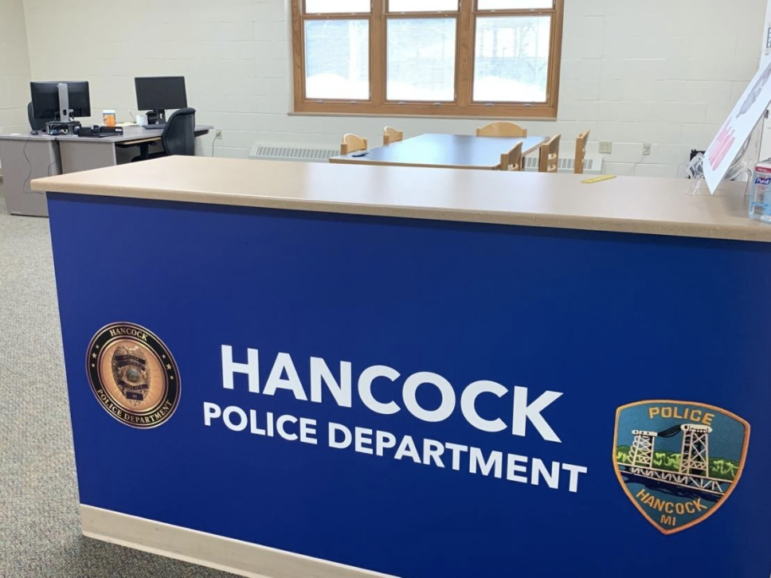By LINDSAY M. McCOY
Capital News Service
LANSING – Following the Oxford High School shooting last November, the state House approved a five-fold increase in grant money to hire school resource officers, even as school districts remain divided on the cops-in-schools issue.
The House increased the budget for school resources officers from $10 million to $50 million. It is pending before the Senate.
School resource officers are armed law enforcement personnel specifically trained in school-based law enforcement, according to the National Association of School Resource Officers.
Some school systems, like the Detroit Public Schools Community District, have reduced the number of armed officers in its buildings, while others, such as the Hancock Public School District in the Upper Peninsula, have added their first resource officers.
Proponents of more cops in schools contend their presence is crucial in preventing violent incidents and say they offer a sense of safety to students and staff.
The resource officer at Oxford High, in Oakland County, is credited with being the first on the scene of the shooting and confronting the attacker, who is accused of killing four students. The response by that officer inspired the proposed increase in funding.
Meanwhile, advocates of reducing or eliminating school resource officers counter that their presence can escalate situations into criminal conduct that otherwise could not have happened and criminalizes students of color and those with disabilities at higher rates than others.
In 2015, a 7-year-old boy in Flint was unnecessarily placed in handcuffs for running around a set of bleachers, a behavior that aligned with his attention deficit hyperactivity disorder diagnosis, according to a lawsuit against the city.
Detroit Schools has reduced the role of armed officers by shifting them to an on-call like position patrolling nearby neighborhoods and placing unarmed guards as the primary security measure in schools.
When this change in policing was announced last fall, Nikolai Vitti, the district’s superintendent, said his vision was to “rebrand” the district’s police department as the Public Safety Department as a shift away from armed officers.
This rebrand was motivated by challenges facing the police department during the “defund the police” movement, according to the district’s website.
Mark Fancher, an attorney for the American Civil Liberties Union of Michigan, says the organization believes school resource officers are not generally a good idea and favors using the money for other purposes in the education system.
“If you’ve got an issue with a kid who has mental health challenges, or substance abuse, or any number of issues that are creating disturbances within the school, get professionals in there that are trained to deal with those things,” said Fancher. “Not a cop.”
Having officers on school grounds substantially increases a student’s chances of unnecessarily ending up in the criminal justice system, Fancher said.
“Things like schoolyard fights all of a sudden become not just rumbles among kids, but they become assault and battery,” he said.
Data from the national ACLU suggests that harmful policing patterns are far more likely to target Black, Native American and disabled students.
Fancher says the same is likely true for Michigan as well, considering which districts have long employed police officers.
“Historically, the police presence has been heavier in urban schools attended by students of color,” said Fancher. “There have been concerns that police presence contributes to a prison-like atmosphere that, in a subtle way, communicates to students what the expectations are for their futures.”
But not all districts agree there should be fewer officers in their buildings.
Last year, the Hancock Public School District added on-campus officers, a move which has so far been a success, according to Superintendent Steve Patchin. The officers conduct periodical parking-lot sweeps, building walkthroughs and other support from a remote office in the district’s combined middle school and high school building.

Hancock Public School District
The school resource officer’s office in the Hancock district’s middle school building“We’re a smaller community, so we haven’t seen some of the national narrative as far as push back” on school resource officers, Patchin said.
Patchin said he hopes the district will apply for the new grant money and be able to hire a part-time officer with the funding.
“With the incidents that have happened at other K-12 institutions, I think it’s really brought the anxiety level down,” Patchin said.
Patchin said this plan was set in motion over two years ago to get officers engaging with the students, “not in their worst of times, but on a normal day.”
“It’s really important that the officers have a good relationship with the students and they build that early,” Patchin said.